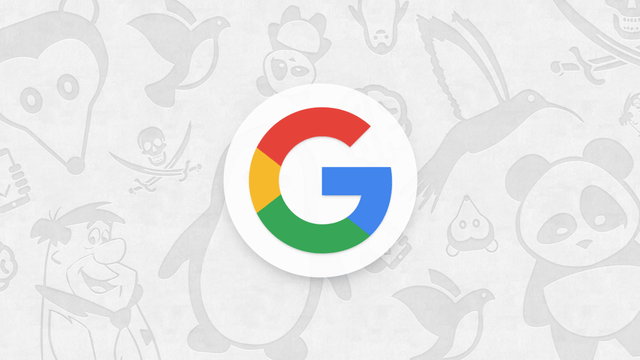Latest news about Bitcoin and all cryptocurrencies. Your daily crypto news habit.

You might have heard of the term “Algorithm” before, it is a process or set of rules used in calculations and problem-solving operations.
Today, we will get an overview of different Google Algorithms that have transformed the search experience for us.
Google’s mission statement is to organize the world’s information and make it universally accessible and useful.
To achieve its mission, Google implements changes in its formula or the algorithm. Many changes are pushed by Google in a year, some are small improvements in their current algorithms and some just turns the industry upside down.
So let’s take a look at all the important algorithms –
1. Google Panda
Google Panda was released by Google on February 24, 2011, and is used to detect duplicate, plagiarized content and excessive use of keywords.
The main purpose of the algorithm is to reward high-quality websites and diminish the presence of low-quality websites on Google’s search engine results.
Google Panda impacts your web page rankings by assigning a “Quality Score” to the page.
Although the algorithm rolled out years ago it is still active and will affect your website if it detects any sort of plagiarised content.
Google Panda Algorithm triggers when it finds –
- Duplicate Content
- Thin Content
- Lack of Authority
- Low-Quality Content
- Content mismatching search query
2. Google Penguin
Google rolled out Google Penguin on April 24, 2012, and is used to detect irrelevant links, spammy links, black hat link building techniques in your web pages.
It is still one of the most aggressive algorithms by Google as it penalized millions of websites across the web. Its main objective is to penalize the sites whose links are not relevant to the context of the website the link is going to.
The only way to be safe from getting penalized is to remove the links from your web pages that are not relevant.
Google Penguin Algorithm triggers when it finds –
- Purchase of low-quality backlinks from low-quality or unrelated websites
- Keyword Stuffing
3. Google Hummingbird
Google rolled out the Hummingbird algorithm on August 22, 2013, and it did not appear to have any drastic negative effect on the general web. It had a very positive influence on Google’s knowledge base known as the knowledge graph.
The main purpose of Google Hummingbird algorithm was to bring semantic search to reality.
4. Google Pigeon
Google Pigeon was rolled out on July 24, 2014, and provides more useful, relevant, and accurate local search results while improving the distance and location ranking parameters.
The changes are visible within the Google Maps search results and Google Web search results.
To protect your website from Google Pigeon hit you need to lay emphasis on –
- Intelligent link building and domain authority
- Creating hyperlocal content by focusing more on creating text, images, video content.
- Improving your local SEO basics
5. Google Mobile-Friendly Update
Google Mobile Update was released on April 21, 2015, and was used to penalize sites with either lack of the mobile version of the website or websites offering poor mobile user experience.
The Mobile update makes sure that the websites offering a poor mobile user experience will either lose their rankings or be entirely removed from search listings.
6. Google RankBrain
Google RankBrain was released on October 26, 2015, and is used to penalize websites offering boring content, poor UX, weak snippets, and lack of query-specific relevance.
Google names the RankBrain the third most important ranking factor in SERP.
Google RankBrain is the first algorithm to use Machine Learning to determine the most relevant results in relation to the search query.
7. Google Possum
Google Possum was rolled out on September 1, 2016, and ensures that the local results are triggered by the current location of the user.
Google My Business pages are ideal that helps Possum to understand the location and helps you every time someone in your neighborhood searches for your business or service.
Google Possum offers –
- Filtered results based on the affiliation
- Businesses operating beyond the city borders move up the rankings
8. Google Broad Core Algorithm Update
Google Broad Core Algorithm Update was released by Google on August 1, 2018, in an official tweet by Google.
It is a major algorithm update that improves how Google matches relevant results related to search queries.
Google says Raters Guidelines is the key to Broad Core Update.
Takeaways of Raters Guidelines –
- Judge a site as of how a page satisfies a site visitor’s goal.
- User intent is king or queen.
- Be comprehensive
- Elements of a Quality Shopping Page
Originally published at www.thedigitaldeepak.com on August 12, 2018.
Basic Introduction to All Google Algorithms was originally published in Hacker Noon on Medium, where people are continuing the conversation by highlighting and responding to this story.
Disclaimer
The views and opinions expressed in this article are solely those of the authors and do not reflect the views of Bitcoin Insider. Every investment and trading move involves risk - this is especially true for cryptocurrencies given their volatility. We strongly advise our readers to conduct their own research when making a decision.







